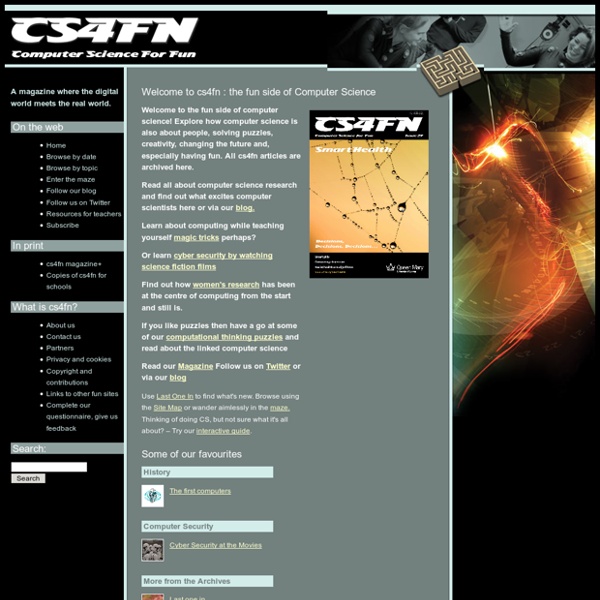Zoom
Trash



Bebras Australia - CSIRO Digital Careers Why The Bebras Challenge [Music plays and the CSIRO logo appears on a black screen] [Image changes to show a title slide displaying text: Why The Bebras Challenge, Understanding Computational Thinking and its Place in the Curriculum, Created By Allira Crowe, Digital Careers – CSIRO Education & Outreach, Presented by Allira Crowe, Education & Outreach, www.csiro.au] Allira Crowe: Hi everyone. My name’s Allira. I’m from Digital Careers part of CSIRO Education and Outreach. Strategic Information pack In March 2012 we sent an information pack to every head teacher of a state maintained secondary school in England, in order to explain the strategic opportunities they would have from September 2012 to develop Computer Science as a rigorous academic component within a reformed ICT curriculum. Identifying the right strategies to ensure success is of paramount importance. The supporting materials in the information pack provide comprehensive information that will help head teachers and school governors make the right decisions.
The World Factbook The Office of Public Affairs (OPA) is the single point of contact for all inquiries about the Central Intelligence Agency (CIA). We read every letter, fax, or e-mail we receive, and we will convey your comments to CIA officials outside OPA as appropriate. However, with limited staff and resources, we simply cannot respond to all who write to us. Contact Information Submit questions or comments online By postal mail: Central Intelligence Agency Office of Public Affairs Washington, D.C. 20505
Framework Statements by Progression – k12cs.org The K–12 Computer Science Framework is a high-level set of guidelines that informs the development of standards, curriculum, course pathways, and professional development. Download a complete or abridged copy of the framework statements viewed by progression. Download the entire framework document. Center for Computational Thinking, Carnegie Mellon What is computational thinking? "Computational Thinking is the thought processes involved in formulating problems and their solutions so that the solutions are represented in a form that can be effectively carried out by an information-processing agent." Cuny, Snyder, Wing Computational thinking is a way of solving problems, designing systems, and understanding human behavior that draws on concepts fundamental to computer science. To flourish in today's world, computational thinking has to be a fundamental part of the way people think and understand the world. Computational thinking means creating and making use of different levels of abstraction, to understand and solve problems more effectively.
5 Ways To Utilize Kids Programming Toys Posted By christina On July 24, 2019 in Blog “Children are like wet cement. Whatever falls on them makes an impression.” The 5th ‘C’ of 21st Century Skills? Try Computational Thinking (Not Coding) For better or worse, computing is pervasive, changing how and where people work, collaborate, communicate, shop, eat, travel, learn and quite simply, live. From the arts to sciences and politics, no field has been untouched. The last decade has also seen the rise of disciplines generically described as “computational X,” where “X” stands for any one of a large range of fields from physics to journalism. Here’s what Google autocomplete shows when you type “computational.” (You can try it for yourself!) But the big question is: Does current K-12 education equip every student with the requisite skills to become innovators and problem-solvers, or even informed citizens, to succeed in this world with pervasive computing?
National curriculum in England: computing programmes of study Purpose of study A high-quality computing education equips pupils to use computational thinking and creativity to understand and change the world. Computing has deep links with mathematics, science and design and technology, and provides insights into both natural and artificial systems. The core of computing is computer science, in which pupils are taught the principles of information and computation, how digital systems work and how to put this knowledge to use through programming.